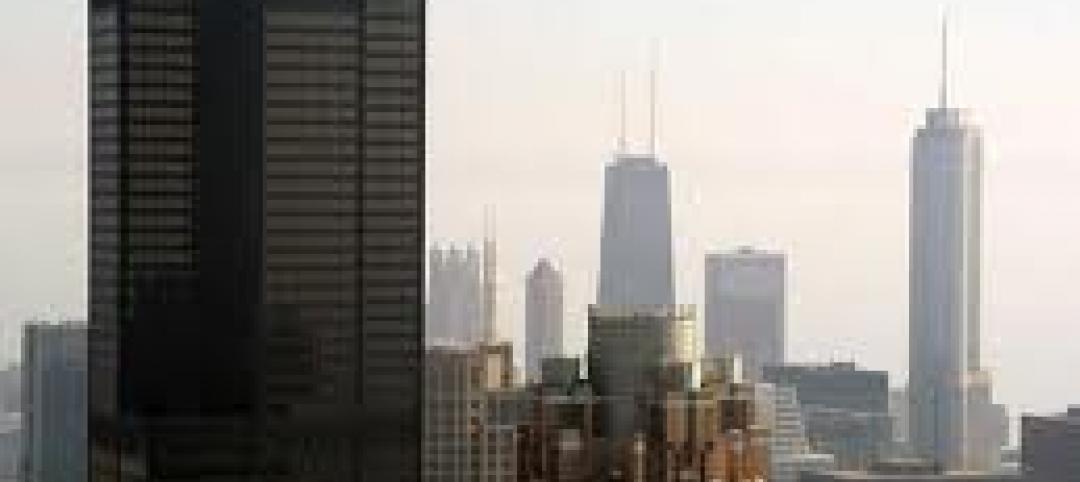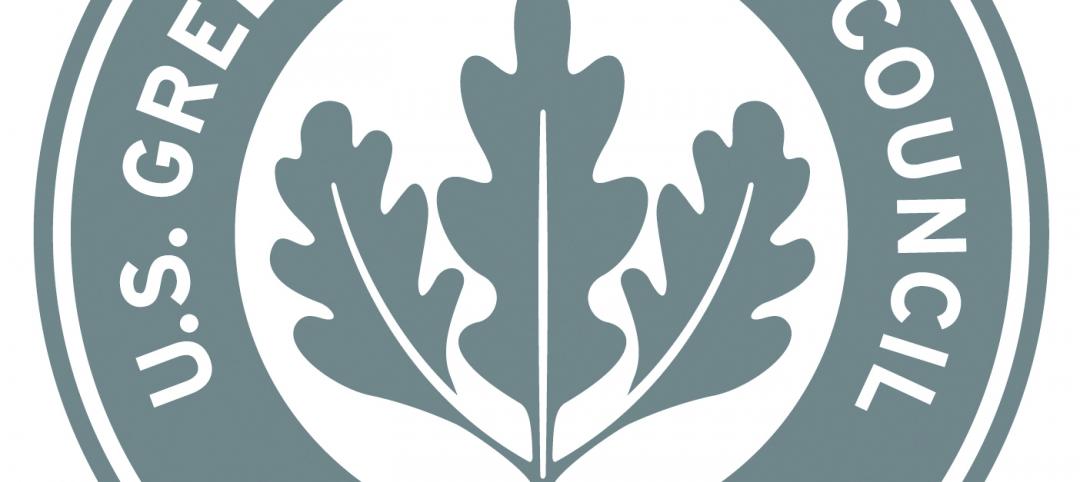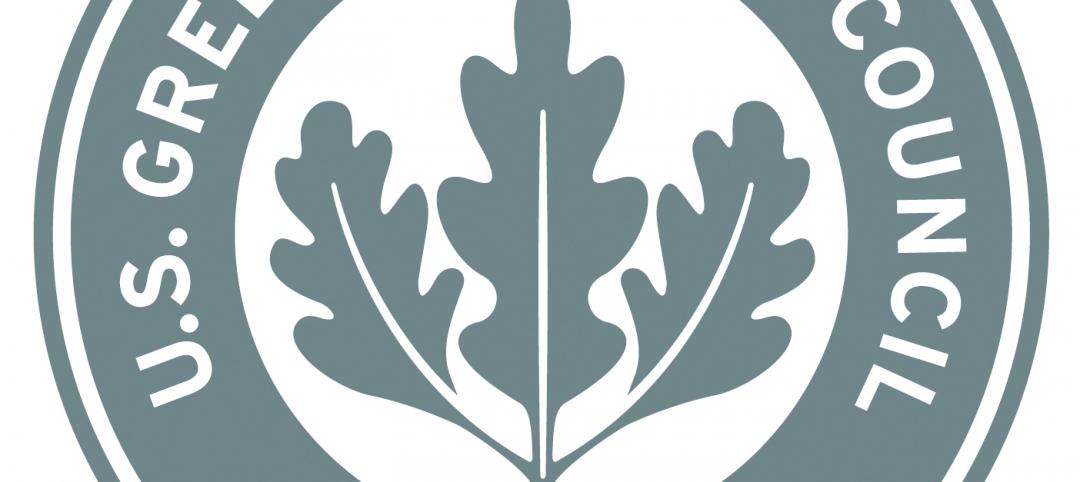Two bills in the Maryland House of Representatives that would restrict the use of wood-frame construction are getting harsh criticism from the timber industry and the design and construction community.
Maryland House Bill 1311 would prohibit a multifamily dwelling from being constructed using wood-frame construction in communities exceeding a specified population density. A similar bill has been introduced in Maryland’s Senate.
American Wood Council (AWC) Northeast Regional Manager Matt Hunter, and representatives from building owners, architecture, development, and engineering, all testified against the bill.
“These bills would circumvent the extensive effort architects, engineers, and building code officials put into the process to regularly update the national model building codes,” Hunter said. “The construction requirements of the model codes are developed by the International Code Council, and approved by building and fire officials from all over the country in a consensus process. Subsequently, Maryland adopts these model codes and requires each jurisdiction to use this building code.”
“The code establishes requirements such that all buildings have similar safety performance regardless of the materials from which they are constructed,” he continued. “There needs to be a realization that fires occur in buildings of all construction types and materials, and all buildings are affected by fire. In most instances it is the furnishings and contents brought into buildings that cause fires, so targeting wood construction in multi-family buildings is not going to improve occupant or firefighter life safety.”
Related Stories
| Mar 8, 2012
Engineering innovation provides new option for meeting seismic codes in skyscrapers
Two University of Toronto engineers have developed “viscoelastic-energy-dissipating dampers” to replace many of the heavy concrete beams used in tall structures.
| Mar 8, 2012
CSI webinar on building code compliance March 22
A March 22 webinar will provide an overview of a 28-step process during the design of a building to ensure compliance with building codes.
| Mar 8, 2012
Federal silica dust rule caught in bureaucratic limbo
A federal rule meant to protect the lungs of workers has been caught in bureaucratic purgatory for more than a year.
| Mar 8, 2012
New LEED-EBOM rating has requirements for specific project types
Several key changes are proposed for the LEED-EBOM Rating System in 2012.
| Mar 8, 2012
Green buildings more resilient than conventionally built structures
A new study by the U.S. Green Building Council (USGBC) and the University of Michigan’s Taubman College of Architecture and Urban Planning suggests that structures built to green standards can advance building resiliency.
| Mar 1, 2012
LEED Platinum standard likely to mean net-zero energy by 2018
As LEED standards continue to rise, the top level, LEED Platinum, will likely mean net-zero energy construction by 2018.
| Mar 1, 2012
EPA beefs up stormwater discharge rule from construction projects
The U.S. Environmental Protection Agency (EPA) has now finalized its 2012 construction general permit (CGP) that authorizes stormwater discharges from construction projects that disturb one or more acres of land in the areas where EPA is the permitting authority.
| Mar 1, 2012
Regulators investigate structural failures during construction of two Ohio casinos
Regulators with the Occupational Safety & Health Administration and the city of Cincinnati are investigatingthe collapse of the second floor of Cincinnati's Horseshoe Casino as workers were pouring concrete.
| Mar 1, 2012
Is your project too small for LEED? Consider other green standards
There are many other recognized national, state and local programs that offer a variety of best management practices and sustainable design, construction and operating strategies.
















